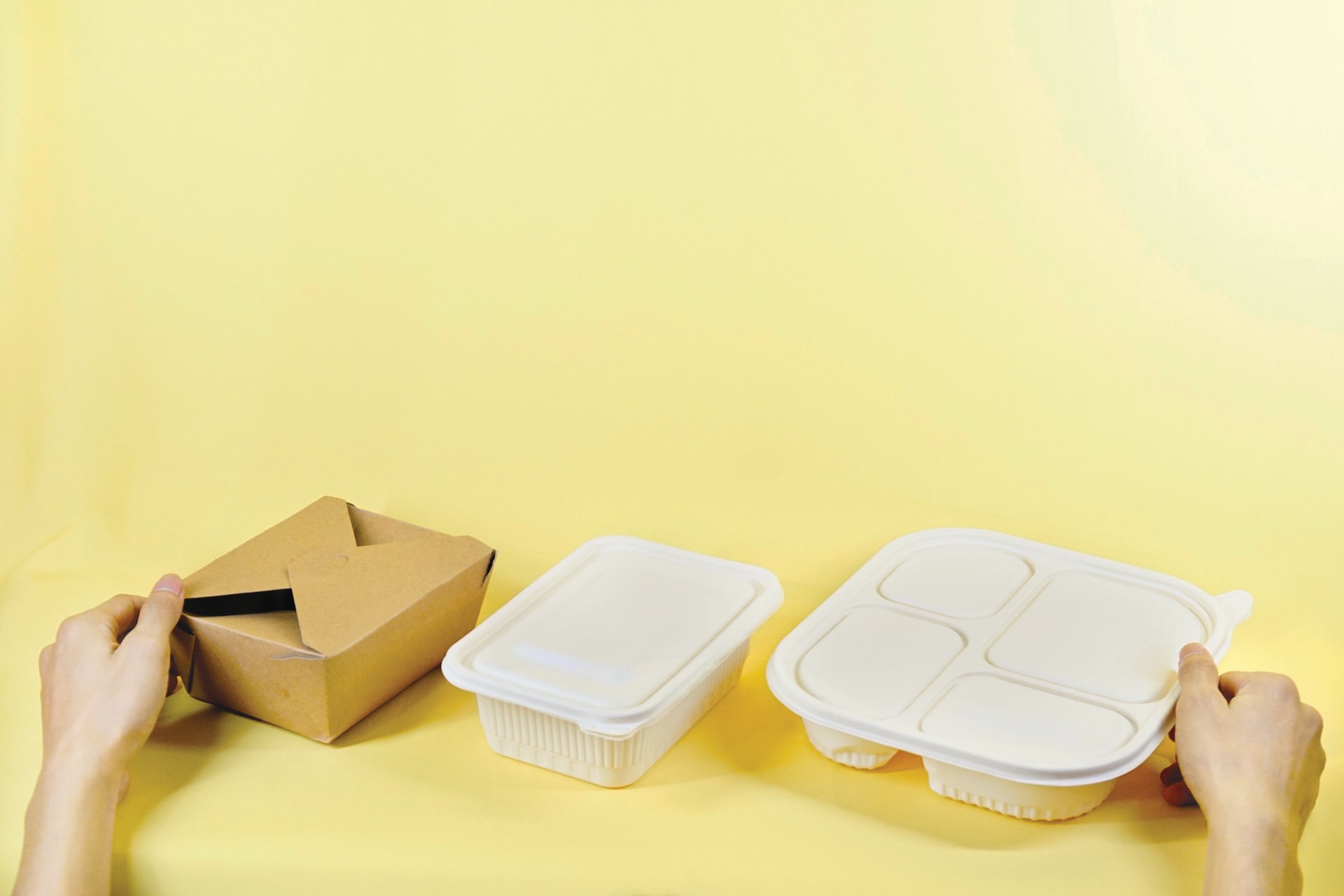Types of Packaging Better Than Plastic

It’s no secret that plastic packaging is bad for the planet, and it’s also no secret that it’s convenient. During the COVID-19 pandemic, the convenience has become more obvious as single-serve packaging and goods dominated the shelves. Luckily, innovators around the globe are working to eliminate the need for plastic packaging for better alternatives.
The Plastic Problem
Since its creation, the world has produced 7.8 billion tons of plastic. In 2010, 270 million tons of it were produced, with 275 million tons becoming waste by the year’s end. Almost 100 million tons ended up in the ocean, where marine life is injured or killed by the plastics in various ways. Including land animals, almost 700 species have been impacted by plastic in nature. On a more miniscule scale, microplastics are now everywhere and those tiny pieces of plastic we can’t always see can take up to 400 years to break down completely.
The industry using the most plastic? Packaging, which uses about 42% of plastics produced every year.
The Alternatives
Luckily, we have many alternatives now, from mushroom packaging to engineered plastic-alternatives.
Mushroom Packaging

Mushroom packaging is made from two ingredients: mycelia, or mushroom sprouts, and different types of agricultural waste. The two ingredients are mixed, put into a packaging template, and are allowed to grow for about a week, before the process is stopped by a drying and heat treatment. It forms a styrofoam type material with one major catch: it’s 100% biodegradable and composts in only 45 days.
As of right now, mostly smaller companies use it as packaging when shipping, to prevent items from moving around in a box. However, as of 2020, Ikea also uses mushrooms to package their products for shipping.
Cornstarch Packaging
Cornstarch packaging is made from, well, cornstarch and most are 100% biodegradable. There are several types on the market currently, but my favorite is Green Cell Foam. They have two types of packaging material made from corn and cornstarch: Green Cell Foam and Green Cell Corn Plus, which includes a recyclable waterproof barrier. The actual foam isn’t recyclable, but you can compost it, burn it, or simply wash it down the drain.
Seaweed Packaging

There are two types of seaweed packaging: edible and technically-edible-but-not-meant-to-be-eaten.
The edible packaging is from Notpla, called Ohoo! It’s slightly different from other environmentally friendly packaging, because it works for beverages and sauces; from experience, finding products that work for liquids is difficult. They can be used for drinks, from water to cocktails, and for sauces if you order take out. Right now it’s only available in the UK, but they plan on expanding soon. The same company also makes a plastic-like film for the inside of take-out containers that is 100% biodegradable when paired with biodegradable containers. However, there are a few companies making seaweed packaging now.
EcoPack Six Ring
A brewery based in Florida has created an eco-friendly six-pack ring out of agricultural waste that is both biodegradable and compostable, possibly changing the game for drink packaging. In performance tests, it works as well as plastic when dry and wet, and it passed toxicity tests, so it won’t harm wildlife if it makes its way into nature. The brewery is also selling packaging systems to hopefully help this creation become more widespread.
Plastic alternatives are slowly becoming more common as demand grows. They are all around us, you just have to look. And, even if companies around you aren’t using them yet, you can talk to management and owners about investing in these technologies, which will increase demand, growing the market even more, and hopefully, add into the creation of more of these amazing technologies.


Leave a Reply